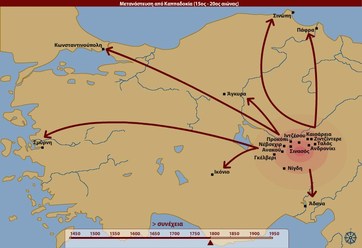The visual and audio parts of historical information are not just an aesthetic and psychological escape from the textual burden of the historical work, but they are direct media of information, whose selection and use follow rules that are as detailed and accurate as those for the writing of texts. They serve the same objective and in certain cases with greater effectiveness . The same holds true for the drawings, the reconstructions and the visual rendering. The drawing reconstruction of a building that has been destroyed or the visual rendition of the movements of the various parts of an army during a battle is possible (and usually happens), apart from economy in descriptions, to provide actually a more accurate, abundant and easier to understand information.

Regarding the sound examples, text cannot substitute them (for example the sound of the piano or the sound environment in a political demonstration). The more abundant , the more timely and manifold is the audiovisual material that is incorporated in the project, the more enhanced is its scope and the possibilities for perceiving correctly its information. However, frequently the representation of a destroyed work and the visual rendition of a phenomenon is no more than the modern visual interpretation of other, earlier, textual sources. That is the reason why the limits between uncontested data and the plausible completion or interpretation have to remain discernible (rules of historical and cultural visualization).